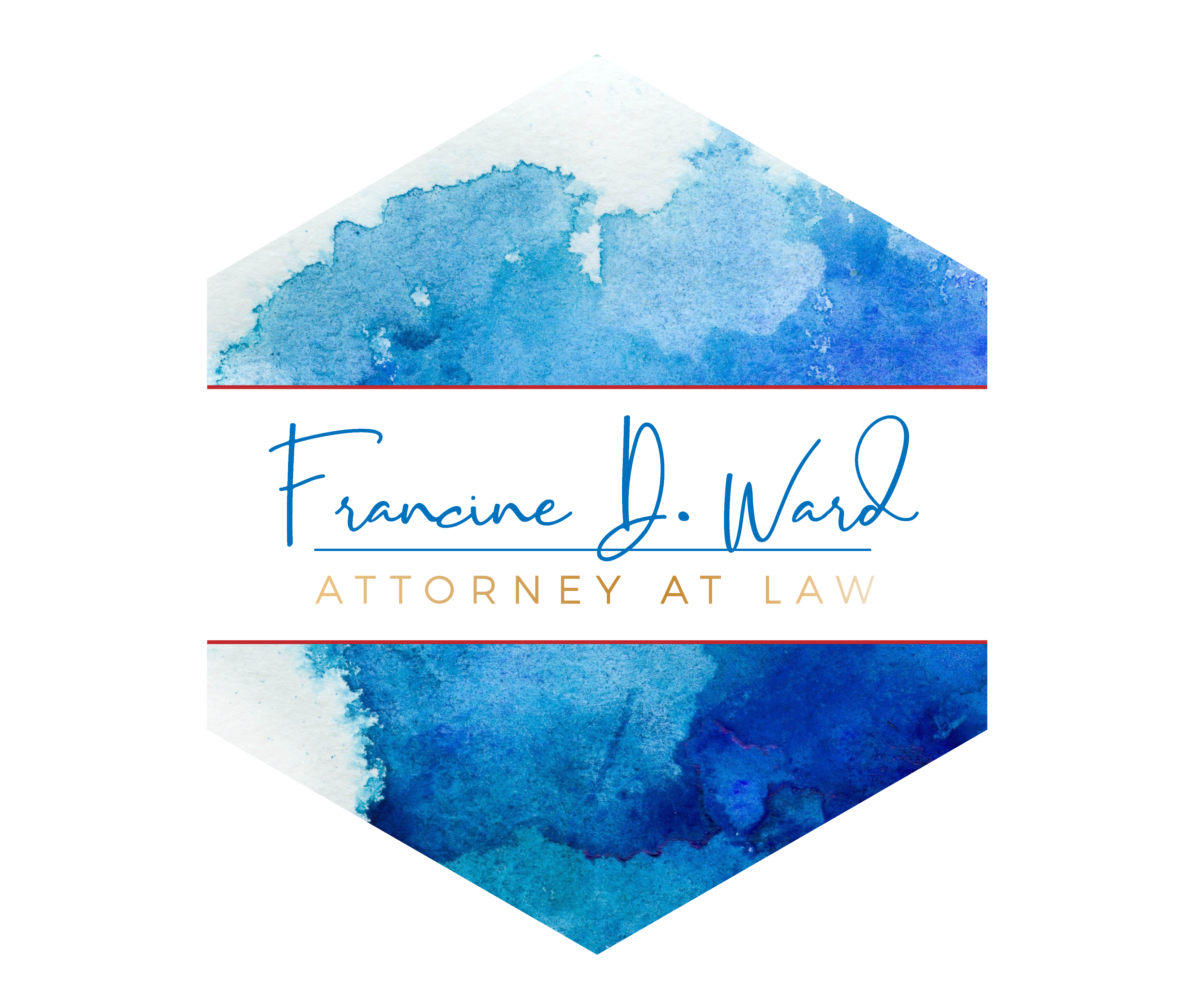There was a time when advertising was easy to identify. On television, before a commercial you often heard, “and now a word from our sponsors.” In magazines and on billboards, you could easily recognize an ad. But now, things have changed. With the advent of native advertising it gets tricky. And the FTC is on the lookout for offenders.
What is native advertising?
Sometimes known as content marketing or branded content, it’s when an advertiser provides its messaging through a celebrity, expert, or social media influencer, or through material that looks like an article, news story, or videos that don’t look like ads, but in fact are. While an excellent way to market, this increasingly popular form of advertising has created problems for consumers. Why? Because most often native advertising captures the attention of consumers in seemingly unbiased and independent ways, when in fact, it simply misleads and deceives. The unwary consumer thinks it’s one thing when in fact it’s another.
In 2013, the federal trade commission facilitated a workshop in D.C. titled, Blurred Lines: Advertising or Content. Here is a link to the presentation in case you were unable to attend. (https://www.ftc.gov/bcp/workshops/native-advertising/)
As a result of information received during the series of workshops, the FTC devised the Native Advertising Guide (https://www.ftc.gov/tips-advice/business-center/guidance/native-advertising-guide-businesses).
If you currently employ native advertising as part of your marketing plan, or are considering it as an option, I encourage you to read this guide. The Native Adv guide in conjunction with the Endorsement guide and related FAQ address not only when an advertiser needs to disclose its involvement, but specific ways to disclose its involvement.
The guides come down to three rules:
- Unless ads are clearly recognizable as ads, it must be identified as an ad.
- Only ads that promote a product or service needs to be identified as an ad.
- If the content does not mention the features or benefits of the product or service, no ad disclosure is needed.
- But wait, there’s more. These three rules seem easy to interpret, but understanding how they show up in practice is more complicated than one initially imagines, especially non-lawyers. What you can do now: read the FTC guides, understand the specific application, and abide by them.
Until next time, I’m Attorney Francine Ward.










